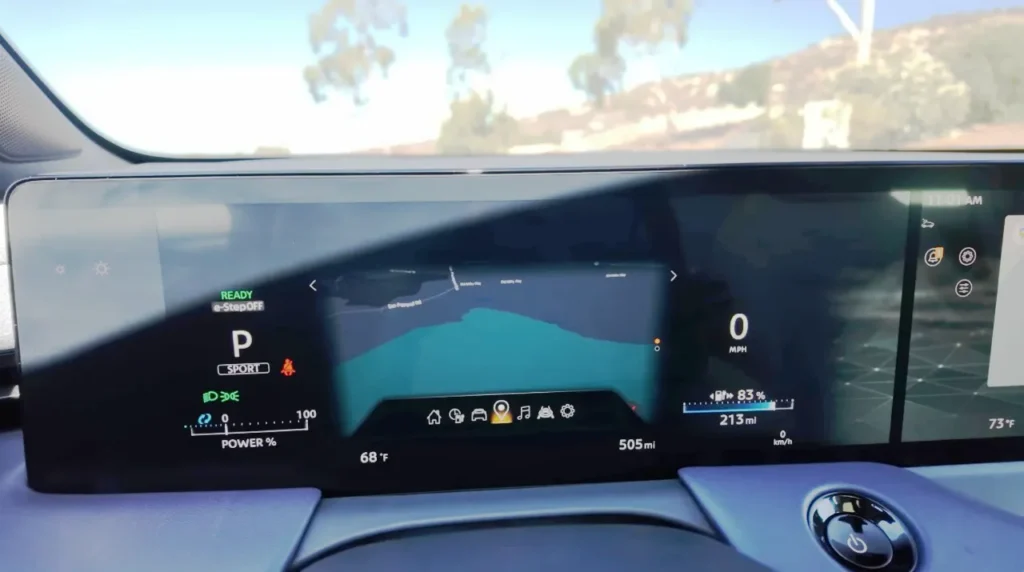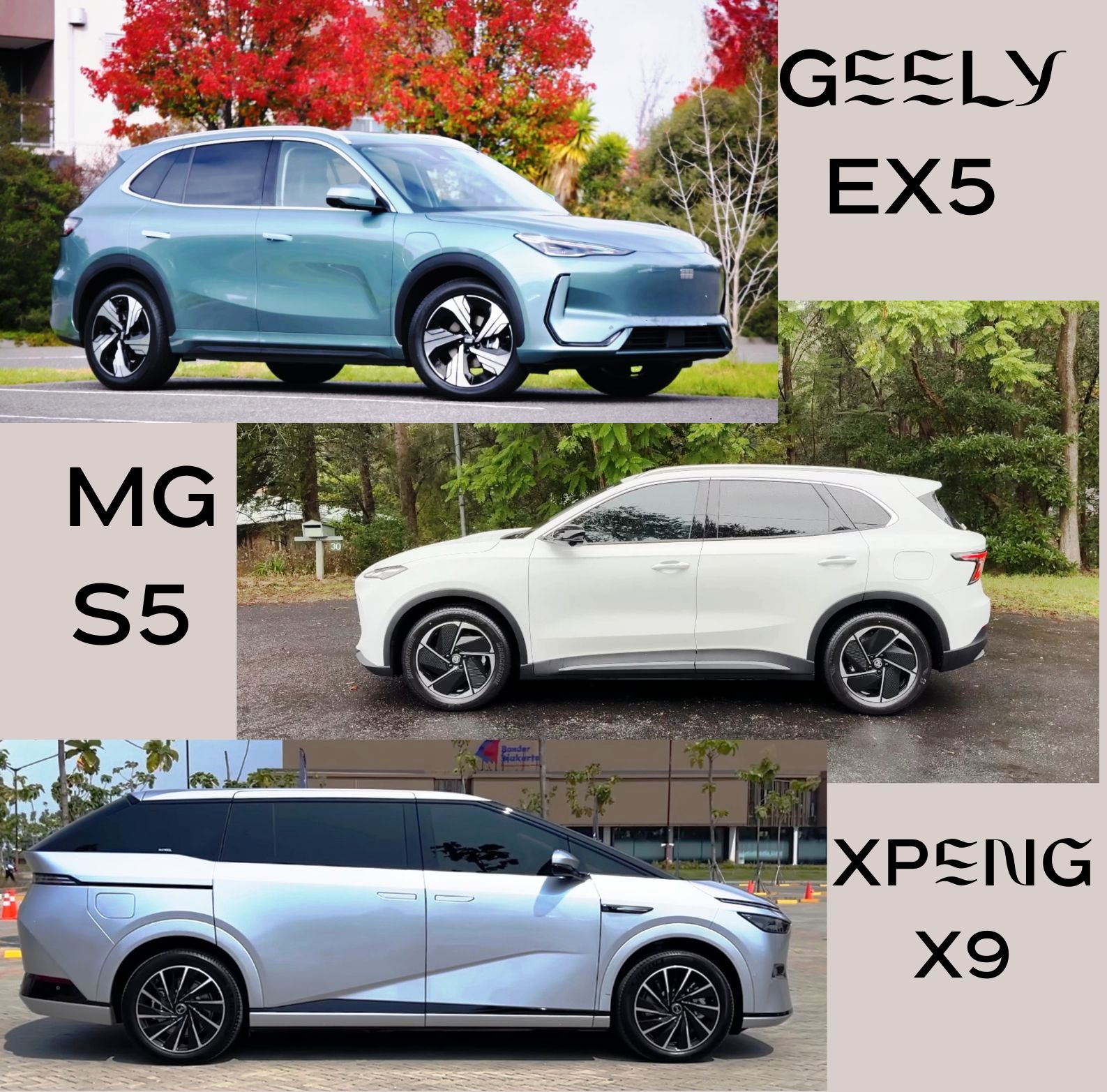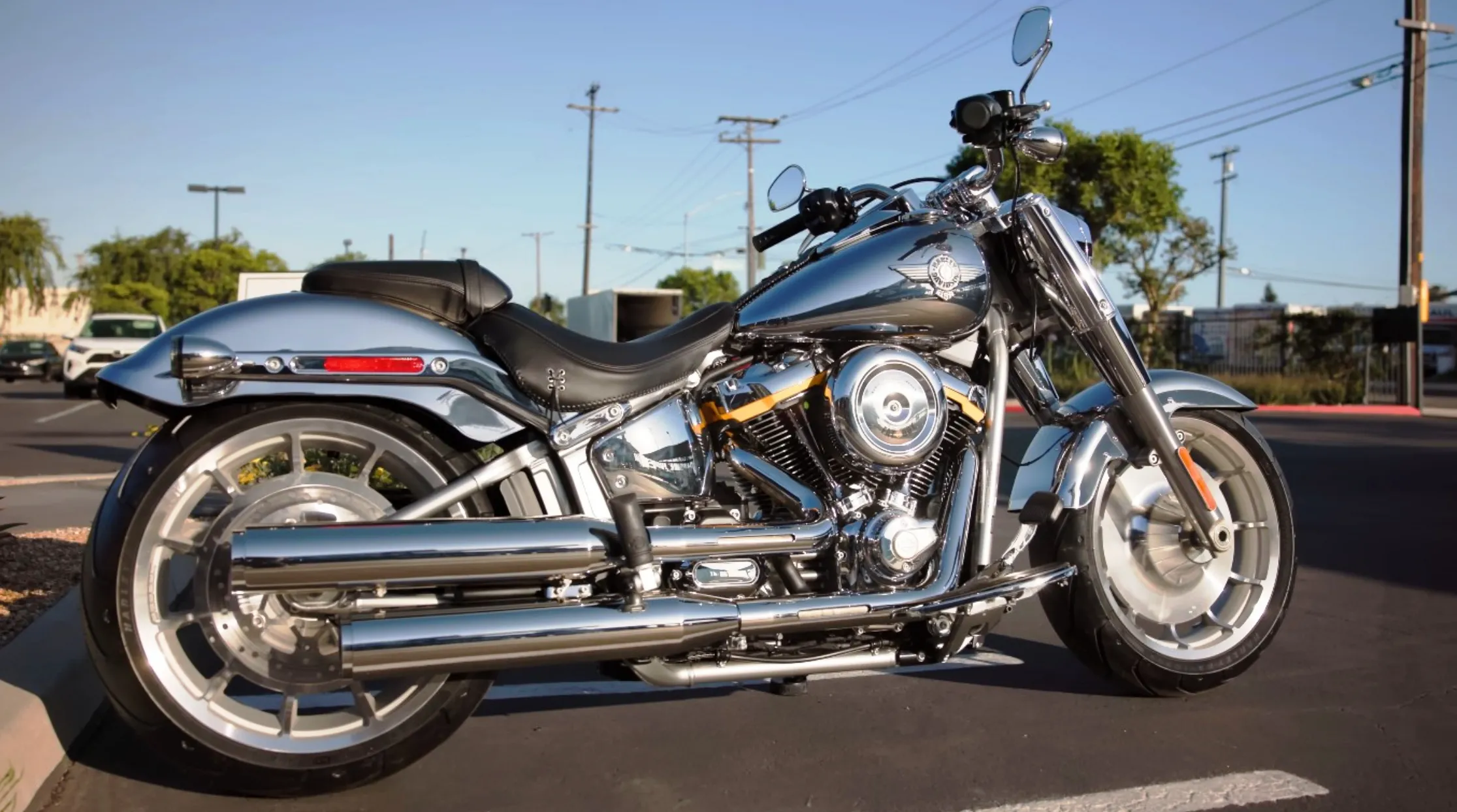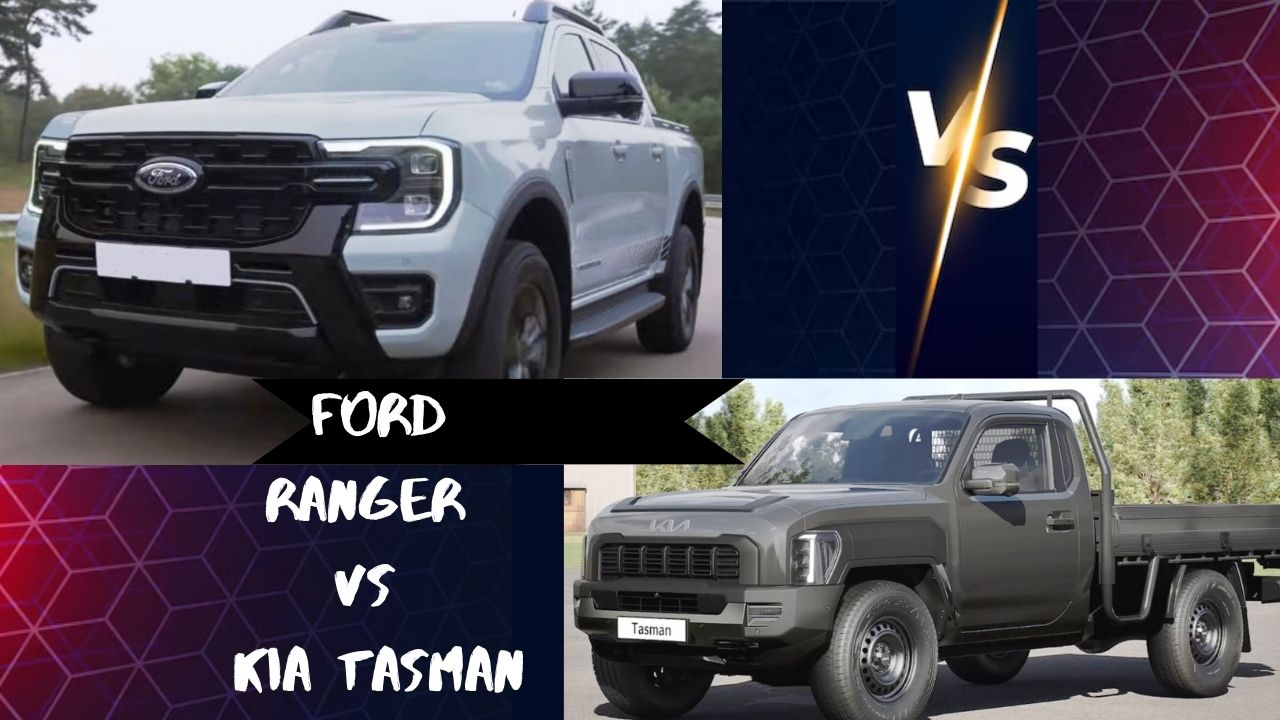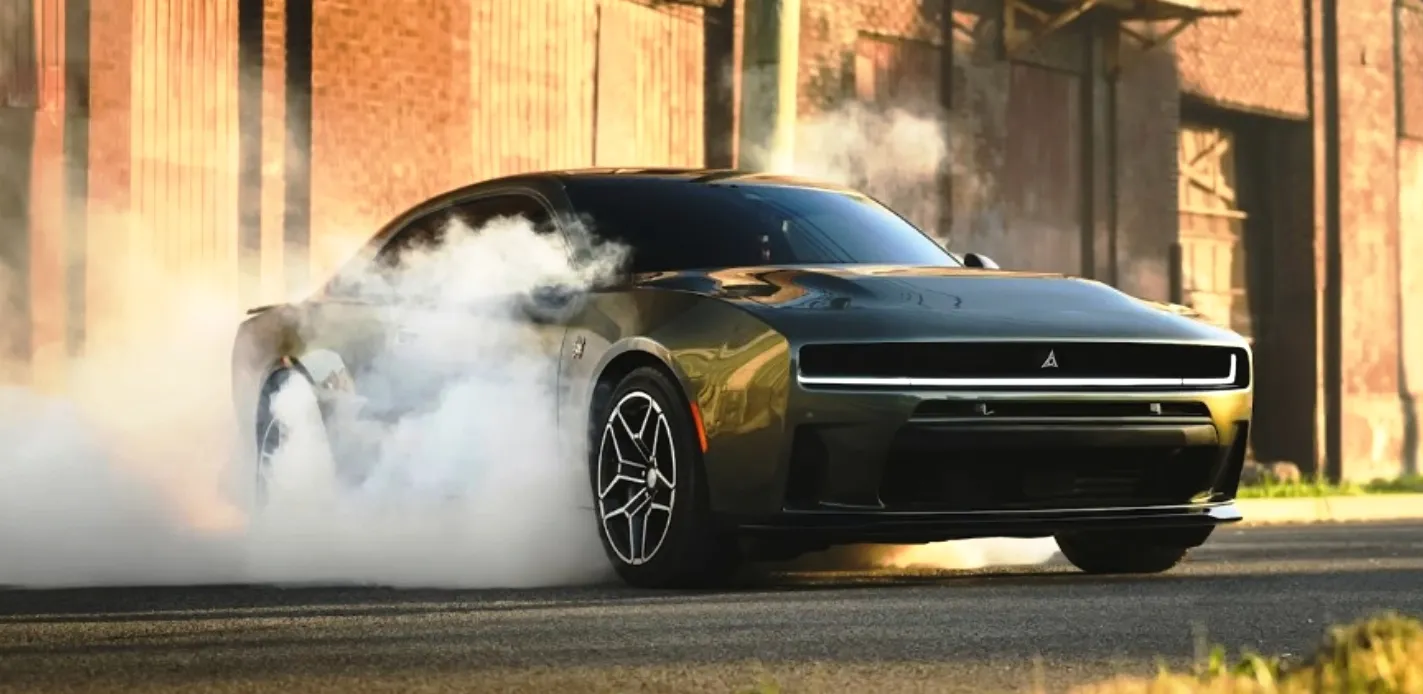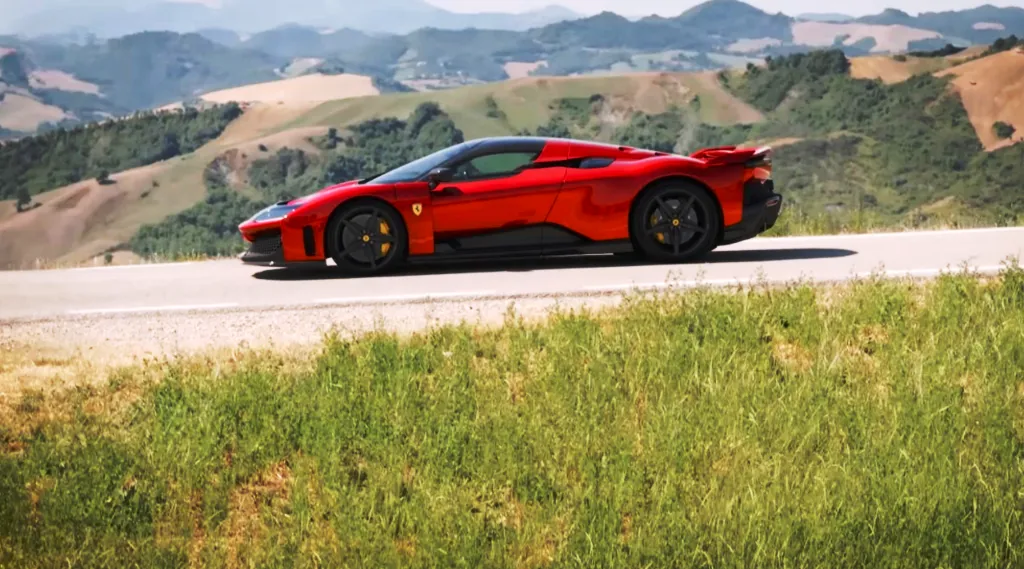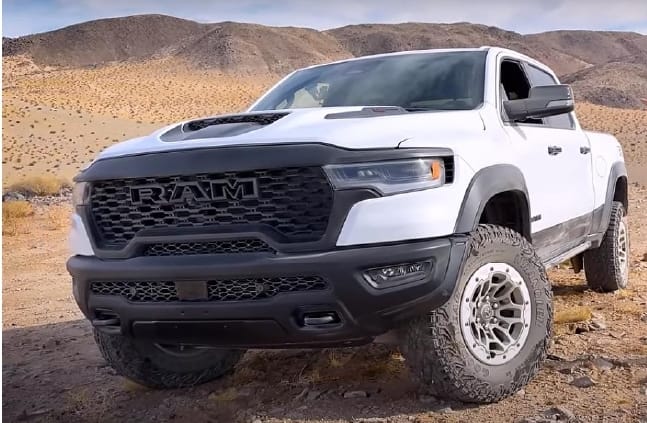2026 Nissan Leaf: The Affordable Electric Vehicle That Finally Figured Out Its Swagger
The 2026 Nissan Leaf has come a long way since quirky hatchback trailblazer. With as much as 303 miles of range, access to Tesla Superchargers, upscale amenities, and a still-budget-friendly price tag, here’s what you need to know.
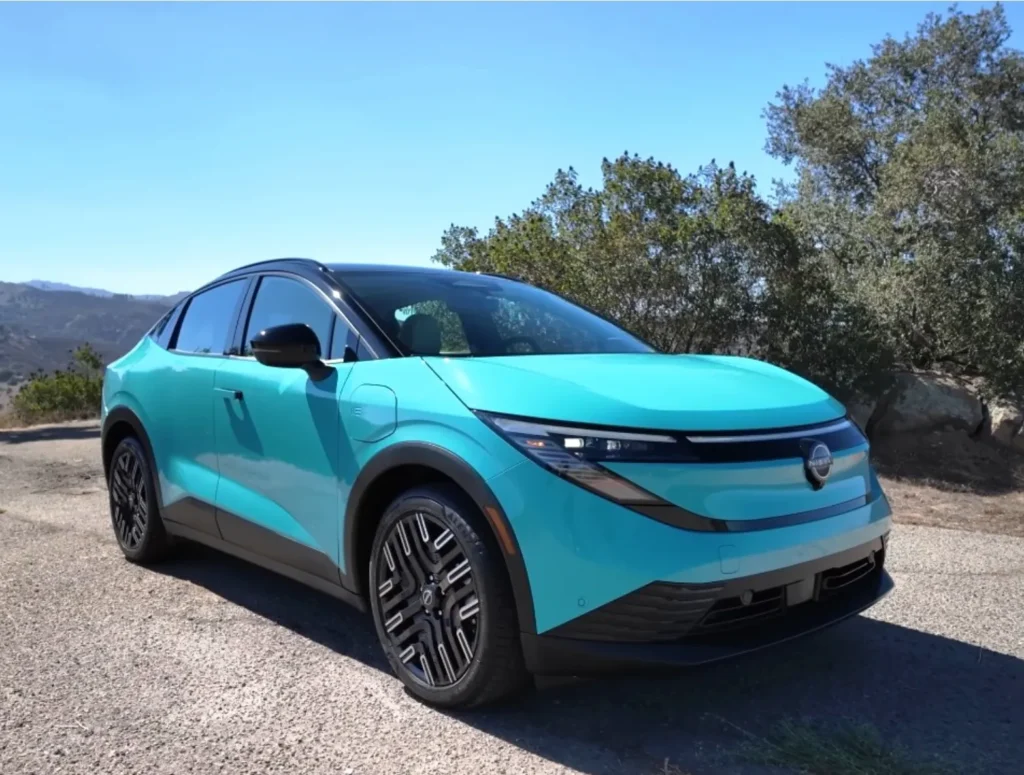
A Pioneer Reimagined
All cars have a tale. Some of them become legends, others are lost to footnotes, and a precious few simply alter the entire auto landscape unobtrusively. The Nissan Leaf falls in that third category.
When it first came out in 2010, the Leaf was not sexy, quick, or game-changing in looks. It was compact, chunky, and resembled a jellybean on wheels more than the “future of mobility.” But it did its job. It was the first mass-market EV out there, and it brought EV ownership within reach of everyday families — not only tech billionaires or green crusaders.
The Leaf had been the “people’s EV” for more than a decade. But in the mid-2020s, competition went crazy. Tesla had the headlines cornered, Hyundai and Kia offered stylish crossovers with quick charging, and even Chevrolet had a budget option. The Leaf threatened to become obsolete.
Nissan recognized that it needed to do more than tweak headlights and boost battery power. It needed a transformation. Meet the 2026 Nissan Leaf — not an update, but an aggressive move forward into EV maturity.
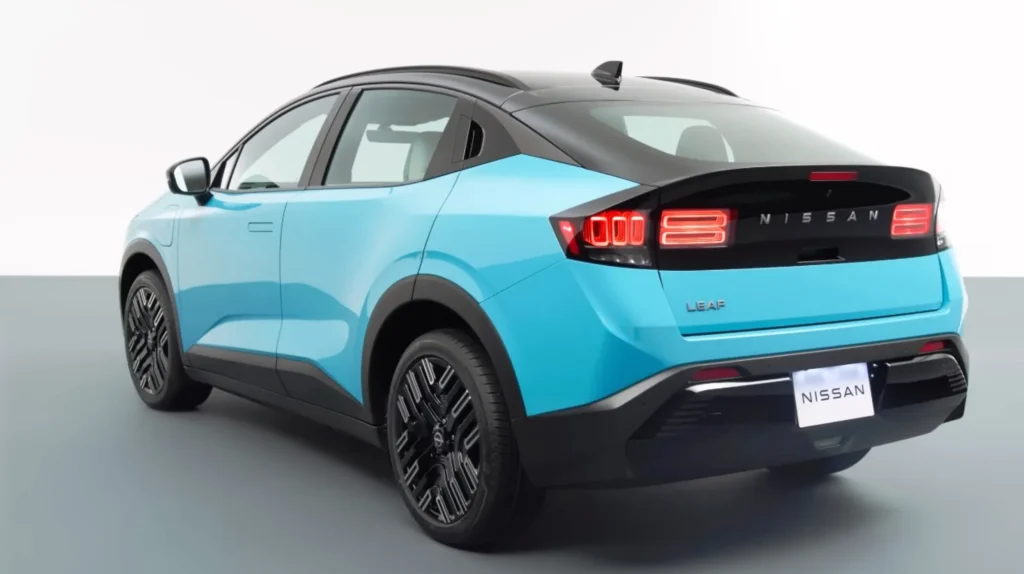
A Cabin That Finally Feels Worthy
Step inside the 2026 Leaf, and you’ll instantly realize this is not the budget-EV cabin of the past. Gone are the plasticky panels and uninspired dashboard layouts. In their place? A space that feels like it belongs in 2026, not 2016.
The materials are plusher, the stitching is nicer, and the design flows in a manner that is both futuristic and relaxed. The driver’s display is now all-digital, with crisp graphics that don’t appear to have been taken from a 2005 GPS system.
Front and center is a 14.3-inch infotainment system on upper trims, which operates software that is smooth and intentional. It’s not just CarPlay and Android Auto (both wireless and included) — it’s intelligent enough to plot charging stops, estimate real-world range based on your driving conditions, and even recommend the most efficient route.
Upper trims take it a step beyond:
- Panoramic dimming roof that admits light or becomes opaque at the touch of a button.
- Bose premium sound calibrated to make podcasts sound clean and Spotify playlists sound like concerts.
- Heated and cooled seats, with memory features that recall more than just your favorite recline.
Even the base trims don’t feel flimsy. No more “economy car penalty” for taking the low-price option — a big win for customers who simply want bargain-basement EV price without feeling cheated.
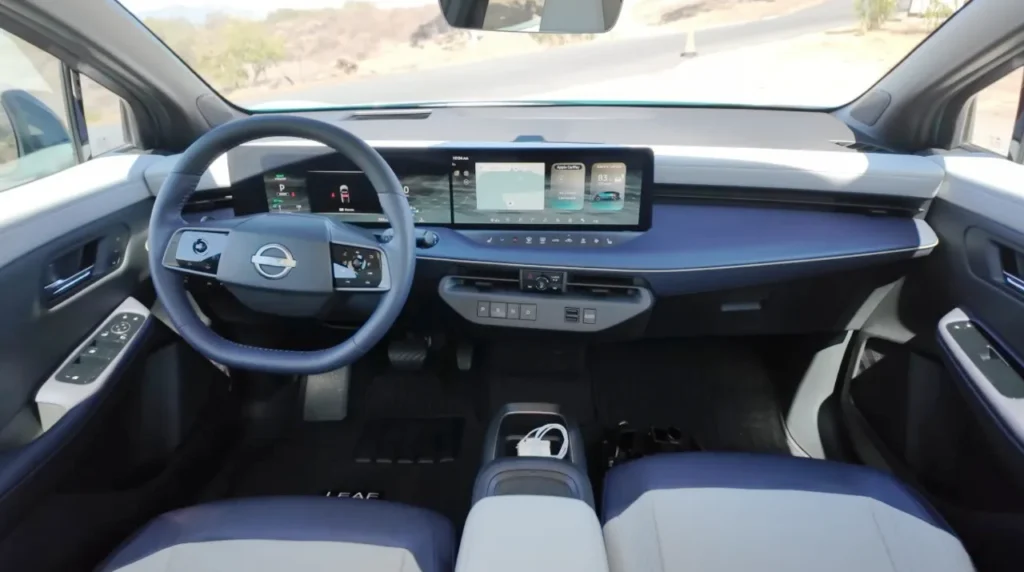
Performance: No Rocket, But Not Slow
Let’s be real: nobody buys a Nissan Leaf to humiliate hot-rodding sports cars at stoplights. That said, performance still has value, particularly when highways, on-ramps, and rapid passes are a way of life.
The 2026 Leaf comes in two flavors:
A 52-kWh battery with ~174 horsepower — lightweight, efficient, and city-centric.
A 75-kWh battery with ~214 horsepower — providing smoother, more powerful acceleration and improved highway manners.
Front-wheel drive is still standard on the entire lineup. And although it won’t provide the tire-spinning shenanigans of a Tesla Model 3 Performance, it does provide what most drivers actually use: smooth, assured acceleration and a quiet ride.
Where Leaf truly excels is range. S+ trim goes as far as 303 miles on a charge, which is the first Leaf you could actually take on a weekend getaway and hope for nearby chargers. Even the “least efficient” Platinum+ with larger wheels still delivers 259 miles — a respectable figure for the price range.
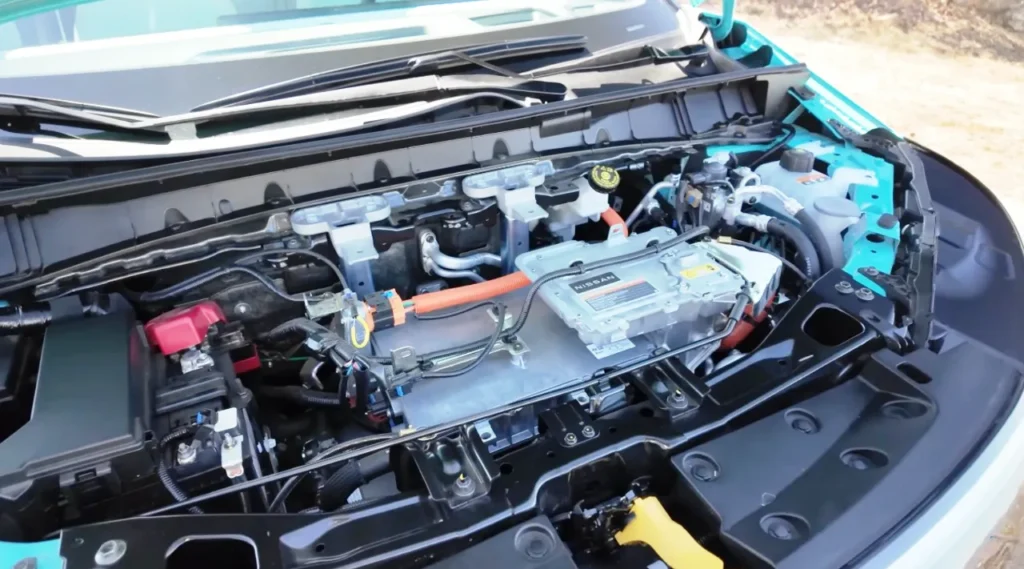
Safety That Doesn’t Nickel-and-Dime You
Safety tech is not optional anymore, and Nissan appears to have gotten the memo. The Leaf is equipped with features that some competitors still stash behind premium trim walls:
- Automatic Emergency Braking with Pedestrian Detection
- Blind-Spot Monitoring
- Rear Cross-Traffic Alert
- Lane Departure Warning with Lane Keep Assist
- Adaptive Cruise Control (ProPILOT Assist)
- Move up to higher trims and you gain extras such as a 360-degree surround-view camera system, which makes parking in tight city lots less stressful.
In brief: you don’t have to break the bank to feel secure. The Leaf provides peace of mind out of the box.
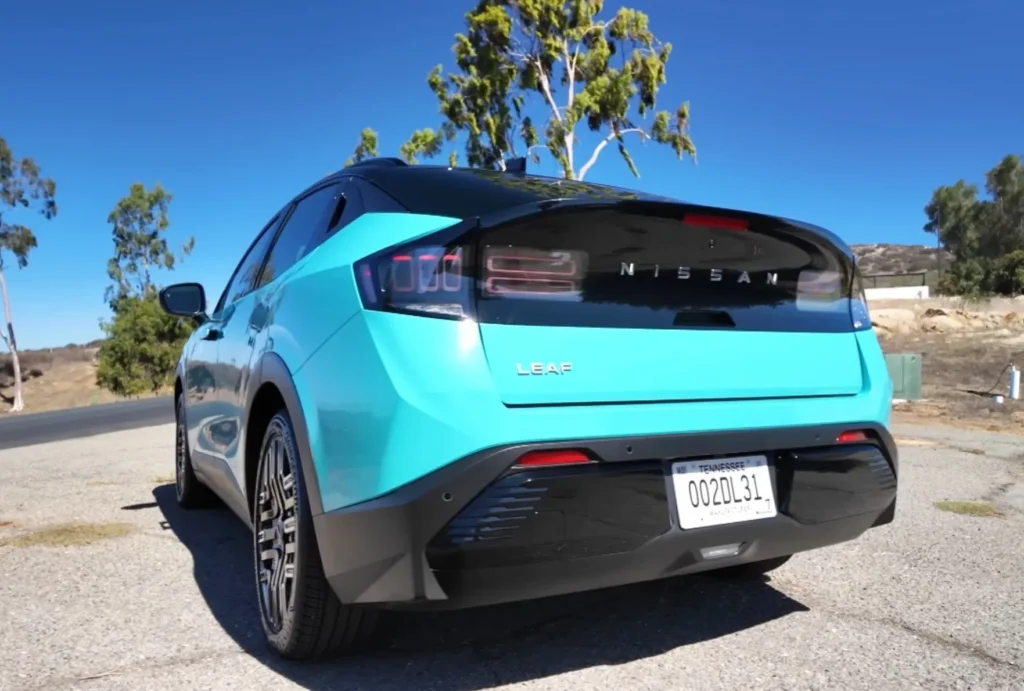
Capabilities: The Everyday EV That Can Stretch Its Legs
The Leaf’s initial appeal was as a daily commuter vehicle. Quick dashes, neighborhood chores, the occasional Sunday drive. The 2026 Leaf takes that a step further.
Cargo space is improved due to its crossover-inspired shape. That translates to groceries, strollers, and road-trip bags no longer feeling like Tetris blocks.
Second, aerodynamics have been honed. With a drag coefficient dropping as low as 0.26, the Leaf cuts through air better than ever before. Translation: More miles per charge.
And here’s the doozy: Tesla Supercharger compatibility. Nissan abandoned its previous CHAdeMO infrastructure and adopted the NACS standard, offering Leaf owners access to the most reliable and far-reaching fast-charging network in America. Range anxiety? Consider it significantly less.
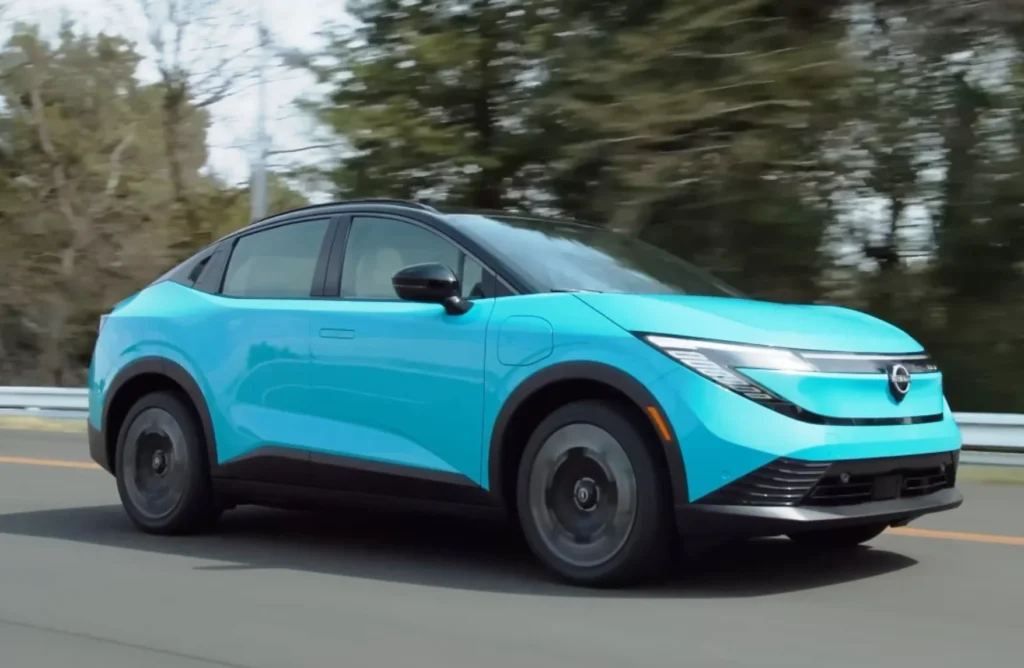
Pricing and Availability: Still Playing the Value Card
In spite of all these improvements, Nissan hasn’t forgotten the Leaf’s greatest sales tool: cost.
The S+ with the 75-kWh battery begins at less than $30,000 ($31,485 with destination).
The SV+ comes in at close to $34,230.
The range-topping Platinum+ comes in around $40,485 with destination.
A genuine base S with the smaller 52-kWh pack will come later at close to $26,855 with destination included.
That’s significant. In an era where the average new EV can comfortably cost more than $50,000, the Leaf is still squarely in the “realistic family budget” tier.
It’s available starting Fall 2025 in the U.S., with additional markets to follow.
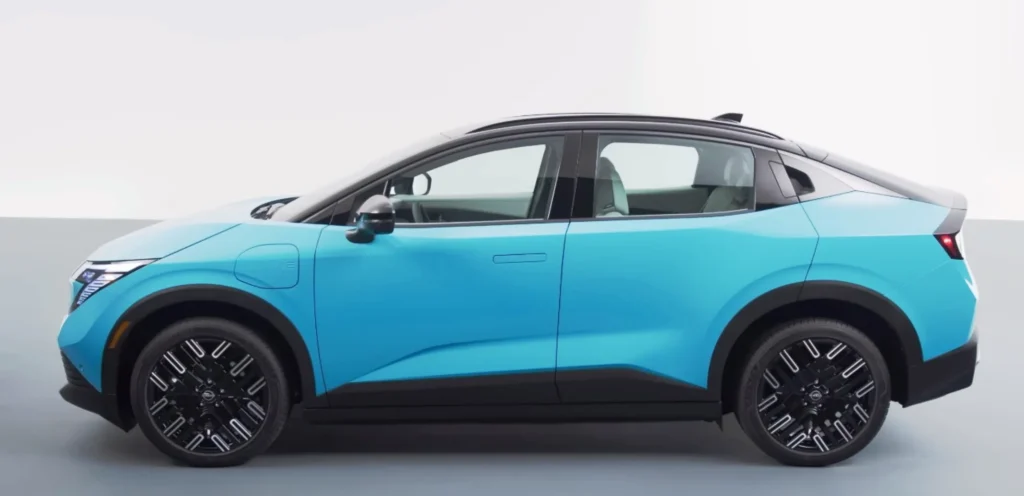
Pros and Cons
Pros:
- Affordability without sacrifice
- Up to 303 miles of range
- Access to Tesla Superchargers included
- Cabin quality that at last feels up-to-date
- Strong safety tech suite standard
Cons:
- No all-wheel-drive option
- Top trims sacrifice some range for larger wheels
- Not as sporty as competition such as the Hyundai Ioniq 5 or Tesla Model Y
- Base model pushed back until after launch
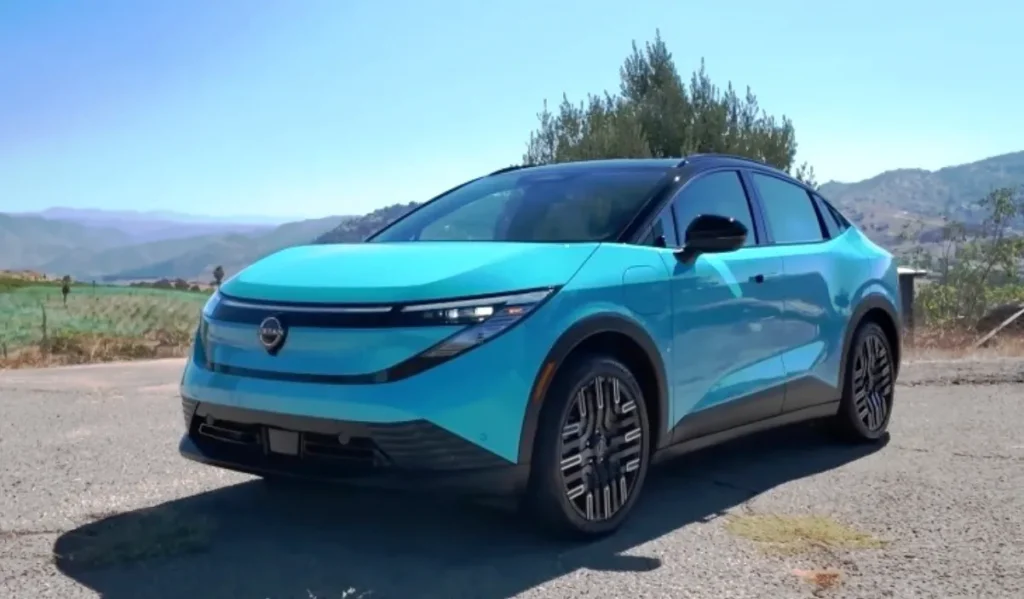
Final Verdict: The EV for the Rest of Us
The 2026 Nissan Leaf won’t get you center stage at drag races or caviar-graying eyeballs at upscale auto shows. But that’s never been its game. What it does do — and do exceedingly well — is provide an honest-on-the-road EV that everyday drivers can buy, believe in, and love.
From the improved cabin to the longer range, from Supercharger availability to its useful crossover shape, the Leaf has matured without losing its heart. It’s the EV you purchase not to impress, but because you desire something that makes sense — financially, practically, and for the planet.
The Leaf's tale began as the eccentric trailblazer. In 2026, it's the mature everyman hero.
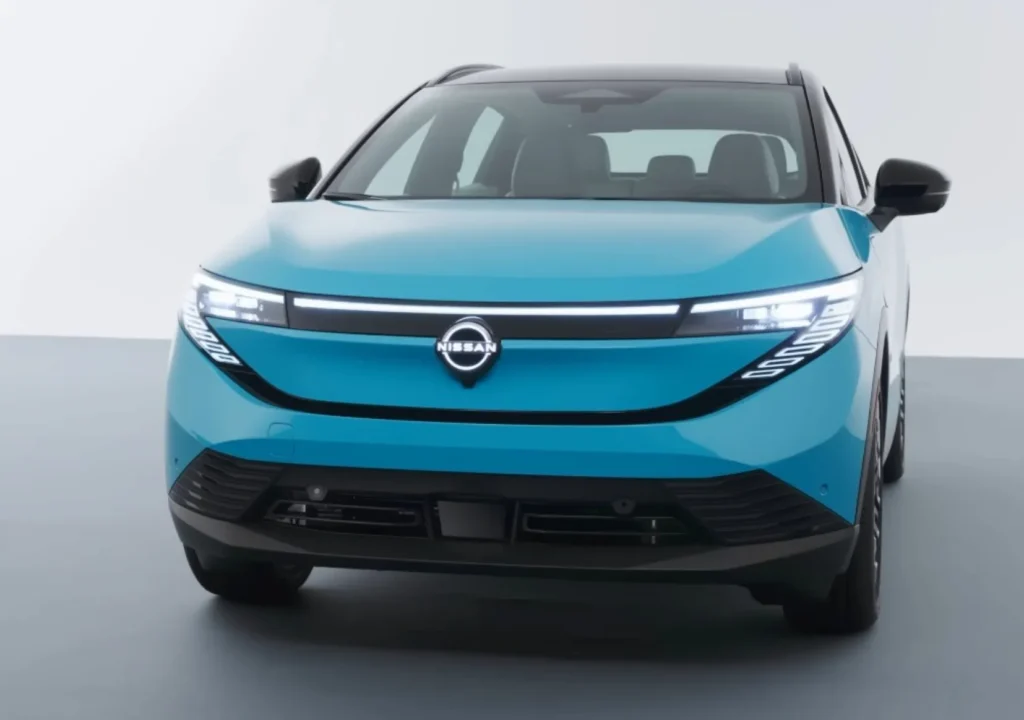
FAQs
Q: How long can the 2026 Nissan Leaf travel on one charge?
A: The S+ trim has up to 303 miles per charge, and the range of other trims is between 259 and 288 miles based on wheels and features.
Q: Does the 2026 Nissan Leaf have Tesla Supercharger support?
A: Yes. The new Leaf features the NACS port, which provides the driver with access to Tesla’s Supercharger network across the country.
Q: What will the 2026 Nissan Leaf cost?
A: It begins at approximately $26,855 for the base model (when available) and reaches approximately $40,485 for the top-of-the-line Platinum+.
Q: When will the 2026 Nissan Leaf be on sale in the U.S.?
A: Nissan says Fall 2025 for the initial trims to hit U.S. dealers.
